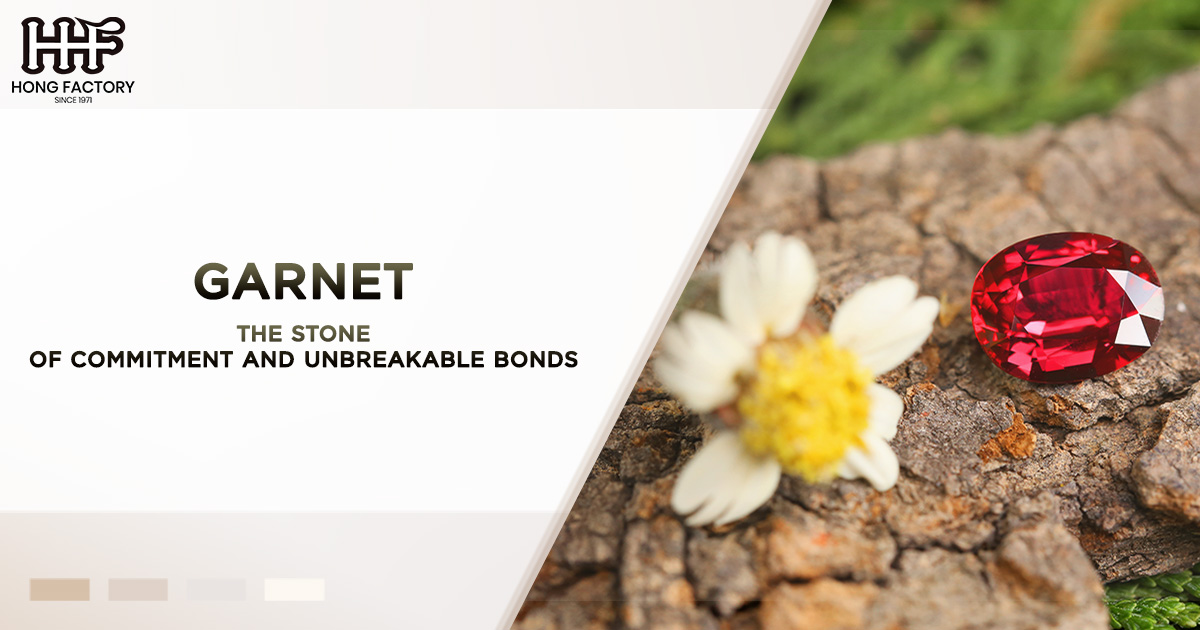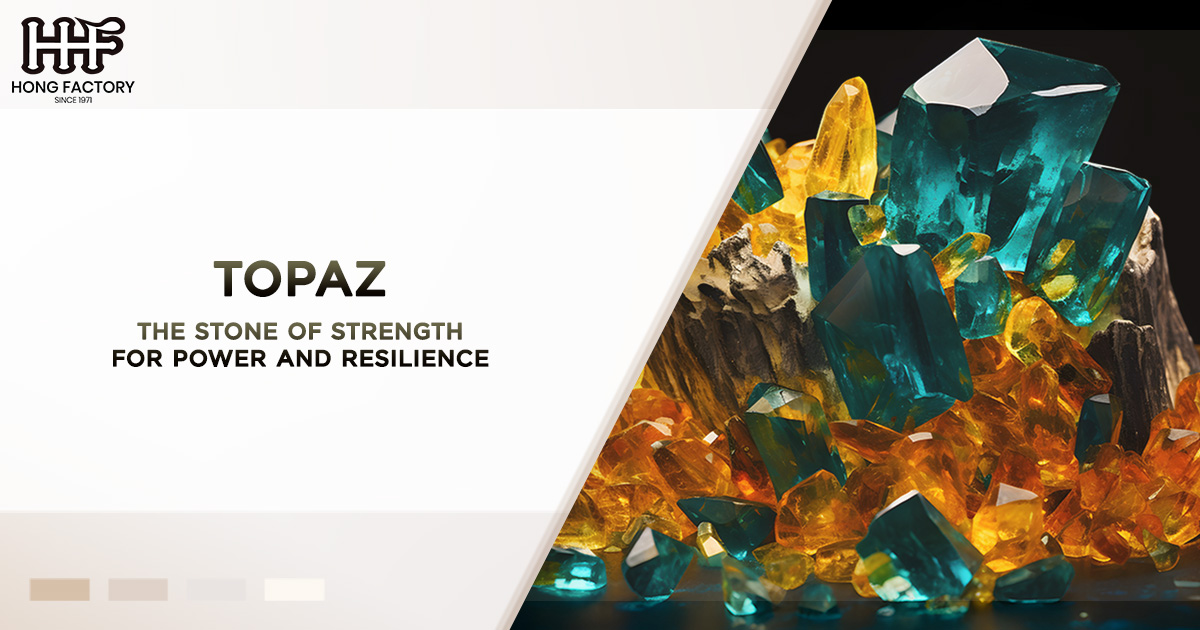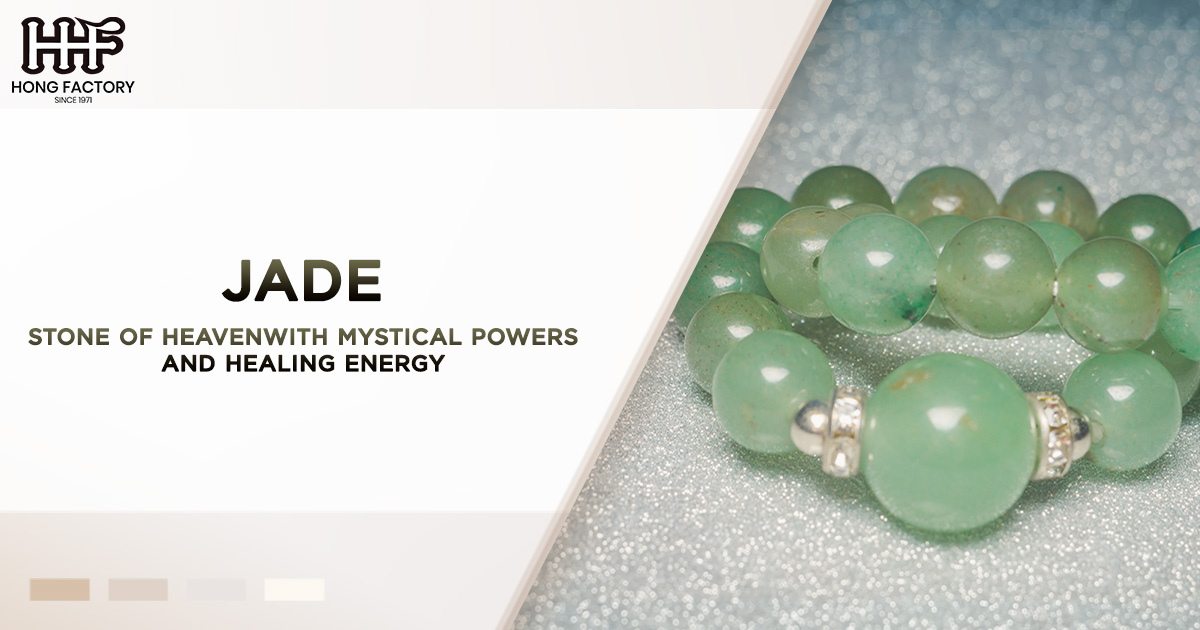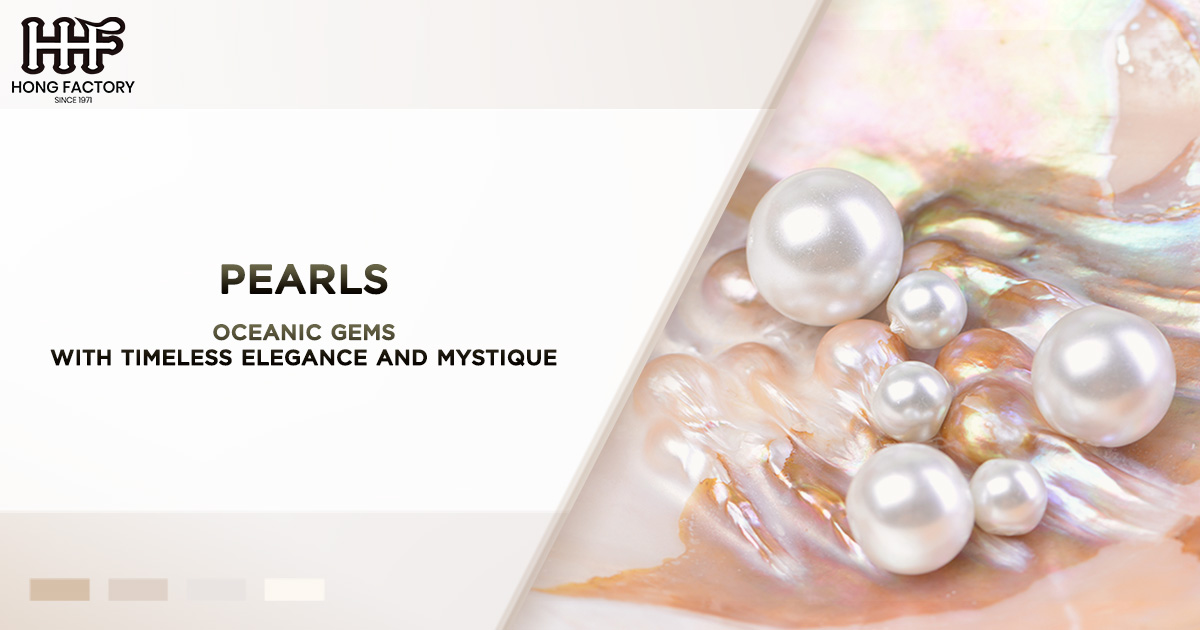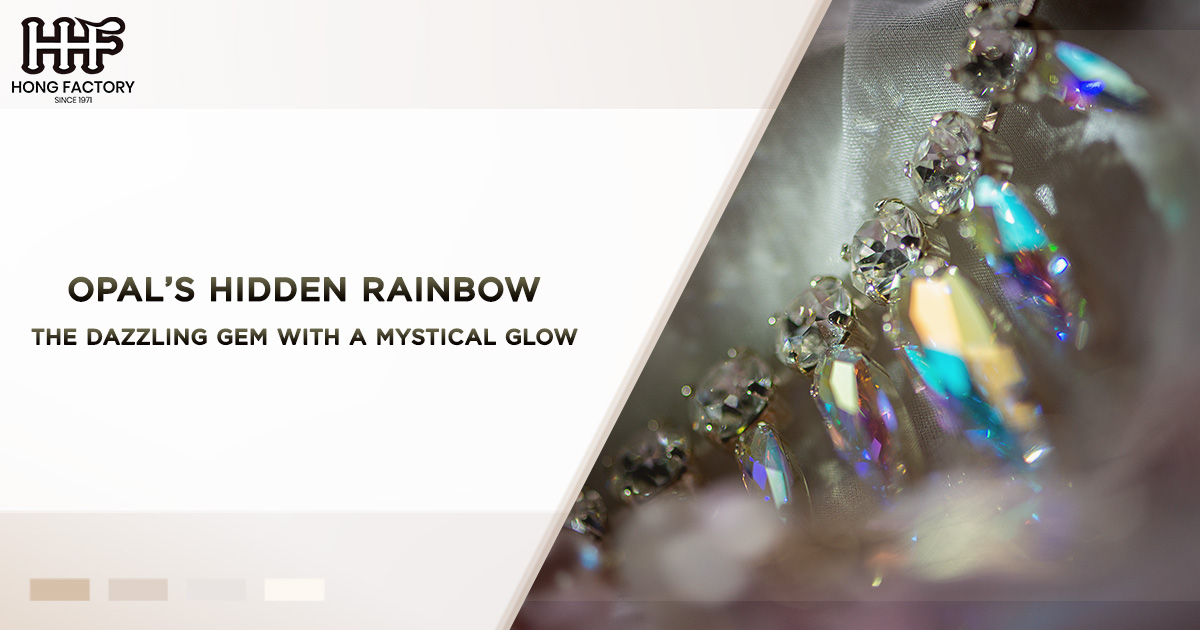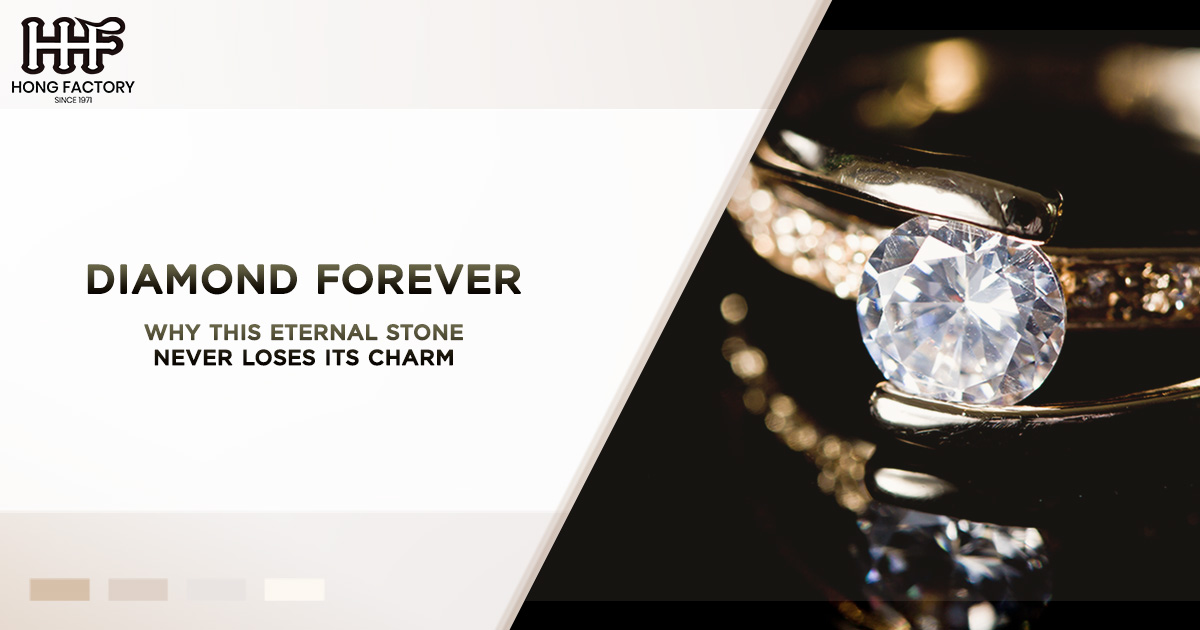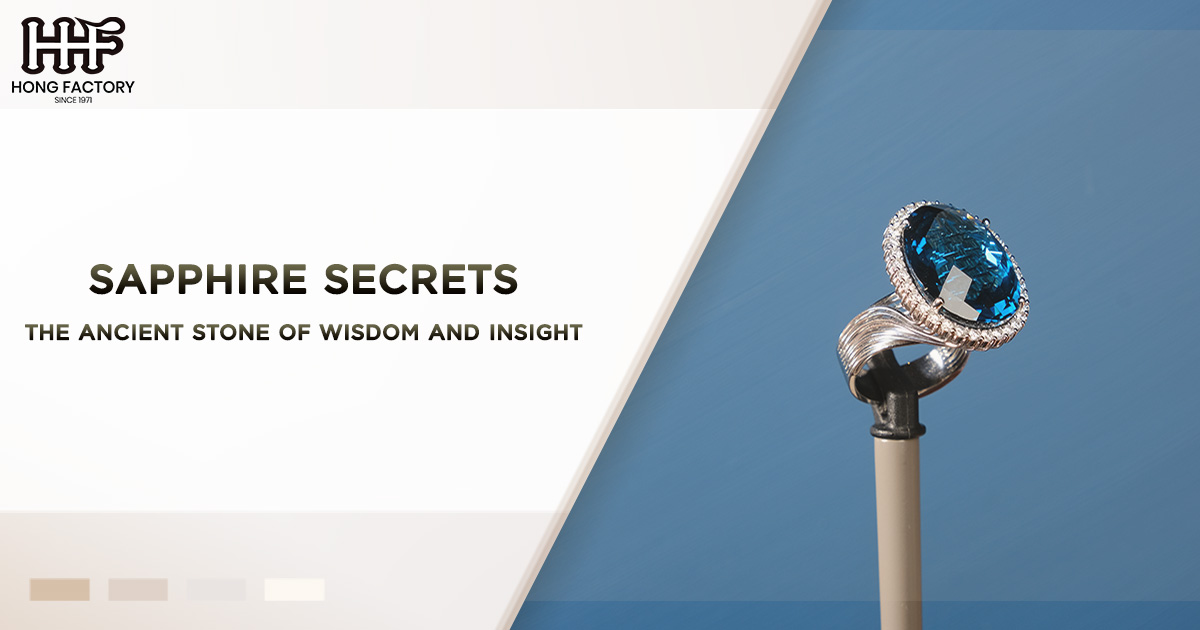Emerald, the stunning green gemstone belonging to the beryl family, has captivated civilizations for thousands of years with its vibrant color and powerful symbolism. As one of the most cherished precious stone in history, it holds a special place in both jewelry and spiritual practices. From its geological formation to its symbolic meaning in various cultures, emeralds are much more than just aesthetically pleasing gems. In this article, we will explore everything from their formation and mining locations to their quality factors, symbolic meaning, investment value, and healing properties, helping you unlock the true potential of this remarkable stone.
Formation and Mining Locations
Emeralds are a variety of the mineral beryl, which also includes stones like aquamarine and morganite. These precious gemstones form deep within the Earth’s crust under specific geological conditions that require the right mix of elements, including beryllium, aluminum, silicon, and oxygen. What makes emeralds so unique is the presence of trace amounts of chromium or vanadium, which give the stone its signature green color.
Emeralds form over millions of years in hydrothermal veins or pegmatite deposits, often under intense pressure and heat. The process is complex and rare, which contributes to the stone’s rarity and value. Unlike other beryl family members, emeralds are much more prone to inclusions—small imperfections within the stone—due to their intricate formation.
Key Mining Locations
Emeralds are mined in several parts of the world, but there are a few regions that stand out for producing the highest-quality emeralds
- Colombia : Known for producing some of the finest emeralds, Colombia is the largest producer of emeralds globally. The Muzo, Chivor, and Coscuez mines are particularly famous for their high-quality stones with vivid green color and minimal inclusions.
- Zambia : Zambian emeralds are prized for their deep, bluish-green hue and exceptional clarity. The Kagem mine, one of the world’s largest, is located here and supplies a significant portion of the global emerald market.
- Brazil : Brazilian emeralds tend to have a lighter, brighter green color compared to Colombian stones. Brazil also produces other varieties of beryl, making it a significant player in the gemstone market.
- Afghanistan : The Panjshir Valley in Afghanistan is known for emeralds that rival the quality of Colombian stones. These gems often have a deep, intense green color and excellent transparency.
Other notable mining locations include Pakistan, Russia, and Madagascar, each contributing to the global emerald supply with their unique variations of the stone.
Quality Factors
When it comes to assessing the quality of an emerald, several factors come into play. Unlike diamonds, emeralds are not evaluated purely on clarity; instead, color is the most critical factor. The following are the key quality considerations for this green gemstone
- Color
The ideal emerald color is a vivid, medium to dark green with a hint of blue. Stones that are too light or too dark are generally less valuable. The best emeralds exhibit a rich, saturated green color that immediately catches the eye.
- Clarity
Emeralds often contain inclusions, also known as “jardin” (the French word for “garden”), which are internal characteristics formed during the stone’s creation. While inclusions can sometimes lower the value of a gemstone, they are generally more accepted in emeralds than in other gems. The fewer and less visible the inclusions, the more valuable the stone.
- Cut
A well-cut emerald maximizes the stone’s brilliance and minimizes the appearance of inclusions. The most popular cut for emeralds is the “emerald cut,” a rectangular shape with beveled corners. This cut helps protect the stone from chipping, as emeralds are relatively brittle compared to other precious stones.
- Carat Weight
As with most gemstones, larger emeralds are rarer and therefore more valuable. However, color and clarity often outweigh size when determining an emerald‘s overall value.
Symbolic Meaning
Emeralds have been revered for centuries for their symbolic and spiritual significance. In ancient cultures, they were considered a stone of wisdom, protection, and love. Today, the emerald is still associated with various positive attributes, making it a popular choice for those seeking personal growth and prosperity.
- Symbol of Prosperity and Abundance
The lush green color of emerald is often linked to nature, fertility, and growth, making it a symbol of prosperity. Many believe that wearing or carrying an emerald can attract wealth, success, and financial abundance.
- Stone of Love and Compassion
Emeralds are also considered a stone of the heart, promoting love, empathy, and compassion. In ancient Rome, emeralds were dedicated to Venus, the goddess of love. Today, they are often used in engagement rings as a symbol of lasting love and commitment.
- Wisdom and Clarity
Throughout history, emeralds have been thought to enhance intuition and mental clarity, helping the wearer make wise decisions. In ancient Egypt, the stone was associated with Thoth, the god of wisdom and learning.
Investment Value
In addition to their aesthetic and symbolic appeal, emeralds have long been considered a valuable investment. Like other precious stones, emeralds tend to appreciate over time, especially when they are of high quality and come from reputable mining locations.
- Rarity
High-quality emeralds, particularly those with vivid color and few inclusions, are rare. This rarity makes them a sound investment, as demand for these stones generally exceeds supply.
- Market Trends
The global market for emeralds has remained strong, with increasing demand from collectors and investors. Colombian and Zambian emeralds, in particular, are highly sought after and tend to fetch premium prices.
- Long-Term Value
Emeralds have a proven track record of holding their value over time. Whether you’re purchasing an emerald as a personal treasure or as part of an investment portfolio, the stone’s rarity and desirability ensure its long-term value.
Healing Properties
Beyond their physical beauty and investment potential, emeralds are also valued for their metaphysical and healing properties. Many believe that emeralds have the power to heal both the body and the mind.
- Emotional Healing
Emeralds are thought to promote emotional balance and calm, helping those who wear them overcome stress, anxiety, and negative emotions. The stone is said to open the heart chakra, encouraging love, compassion, and forgiveness.
- Physical Healing
In ancient times, emeralds were used to treat ailments related to the eyes and vision. Today, some still believe that the stone can aid in recovery from eye strain or other vision-related issues.
- Spiritual Growth
Many spiritual practitioners use emeralds to enhance their meditation and spiritual practice. The gemstone is believed to promote spiritual growth, wisdom, and insight, helping individuals connect with their higher selves.
Conclusion
Emeralds, the captivating green gemstones from the beryl family, are truly magical in every sense of the word. From their formation deep within the Earth to their prized status in cultures around the world, emeralds symbolize prosperity, growth, and love. Whether you are drawn to their vibrant color, their spiritual significance, or their investment potential, emeralds offer a wealth of benefits that go far beyond their beauty.
When choosing an emerald, pay attention to its color, clarity, cut, and carat weight to ensure you are selecting a high-quality stone. Whether you wear it for its symbolic meaning, healing properties, or as a valuable asset, this precious stone can unlock a world of prosperity and growth in your life.


